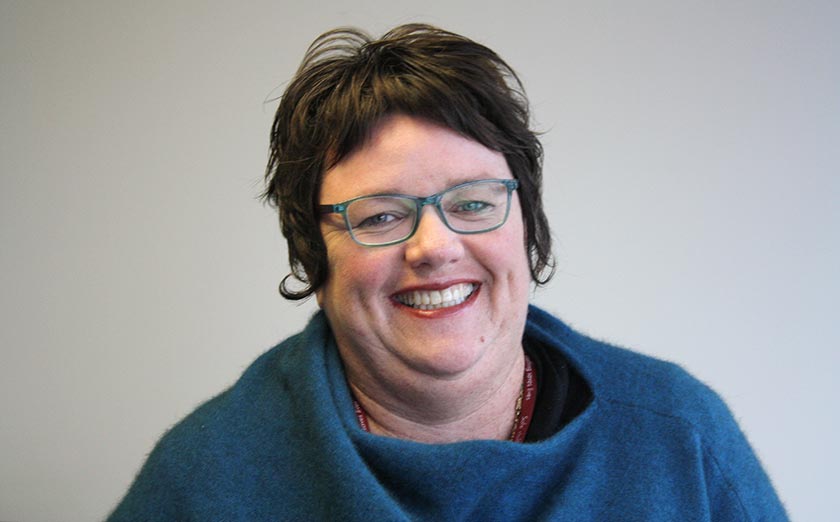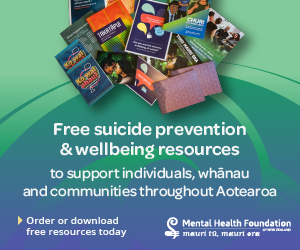I’ve been hearing about patients being shunted daily into corridors – blocking fire exits – where they are treated, with no emergency equipment, call-bells or privacy to speak of, in areas defined only by tape on the floor.
ED overcrowding means an ED is using “inappropriate spaces not intended for patient care”.1 It leads to negative clinical outcomes for patients such as increased mortality and longer inpatient stays, and loss of dignity for patients, eg when they are housed in trolleys in corridors, the Ministry of Health (MoH) says.2
In March, CENNZ chair Sue Stebbeings wrote to Health Minister Andrew Little, requesting attention be paid to the growing overcrowding problem. With no response beyond a brief acknowledgement, the college was forced to write again in May, pleading for intervention.
Emergency nurses say their job satisfaction is low and they’re constantly worrying about patient outcomes. Additionally, senior ED nurses are also worried about wellbeing of staff – and they’re all worried about safe staffing.
In the face of these challenges, a significant number of ED nurses have resigned. While there are always people entering and leaving emergency nursing, the current high turnover means nursing expertise isn’t at the required level, as nurses new to a practice area need time to build up their skill.3
Nursing staffing is not increased when a patient is moved into a corridor – the extra load is carried by the ED team until the patient is either discharged or admitted to an inpatient bed.
ED nursing staff requirements have been poorly addressed by district health boards (DHBs) over time. Exacerbating the problem is that EDs have not been included in safe staffing and healthy workplace reports to the MoH, as part of the care capacity demand management (CCDM) programme.
However, this is changing. In the final months of implementing CCDM this year (the deadline is June 31), some DHBs have introduced the TrendCare safe staffing tool throughout their EDs. NZNO is aware of at least two EDs – Tauranga and Whakatāne – where staffing has increased as a result of the tool, and after the review of Whakaari/White Island disaster.
High stress levels
In another region, ED staff were promised extra space more than 18 months ago, but this has yet to eventuate. Stress levels remain high as the DHB plans its rollout of TrendCare, which will hopefully monitor workloads and predict staffing requirements.
Since 2009, health targets have been reported to the MoH and published, including ED shorter-stays. But research suggests gaming – data manipulation – was occurring in four EDs between 2007 and 2012.4, 5 Researchers found “…[hospital] relied more heavily on gaming behaviours such as moving patients to ward corridors because it had less capacity to increase levels of staff and beds”.4
Emergency nurses have had to deal with their patients being moved around the hospital. While corridors are certainly not ideal, at least the capacity problem is visible rather than hidden.
However governments choose to receive their health-care reporting, it remains crucial all DHB data is independently verified, to ensure gaming is eradicated.
Increased patient times in EDs inadvertently becomes a nursing issue, to manage or solve. Yet, despite lengthier times, there has been no substantive increase in nursing positions across the country’s EDs.
DHBs need to develop contingency and escalation plans for when EDs get overcrowded. CENNZ suggests a first step would be to analyse the time patients spend in corridors or other “inappropriate” spaces. Routinely, executives tell me they do not know what to do to solve this. A second step should include chief nursing officers, medical officers and chief executives meeting those patients and their whānau who are waiting in ED for 24 hours or more, for an inpatient bed or for other reasons.
DHB executives should engage with the community, listen to their experiences and the impact of treatment delays, before apologising and finding solutions. Every day, emergency nurses apologise to the community, but the problems they face are not being addressed.
ED overcrowding will only resolve when senior hospital managers, directors, the MoH and the Minister of Health find ways to solve the overcrowding and nursing workload demands.
References
- National Emergency Departments Advisory Group. (2014). A Quality Framework and Suite of Quality Measures for the Emergency Department Phase of Acute Patient Care in New Zealand. Ministry of Health.
- Ministry of Health. (2018). Health targets: Shorter stays in emergency departments.
- College of Emergency Nurses New Zealand. (n.d.). Knowledge & Skills Framework: Progress towards the CENNZ Emergency Nursing Knowledge and Skills Framework.
- Tenbensel, T., Jones, P., Chalmers, L., Ameratunga, S., & Carswell, P. (2020). Gaming New Zealand’s emergency department target: how and why did it vary over time and between organisations? International Journal of Health Policy and Management, 9(4), 152-162. doi.org/10.15171/ijhpm.2019.98
- Lines, L. M. (2021). Games People Play: Lessons on Performance Measure Gaming from New Zealand: Comment on “Gaming New Zealand’s Emergency Department Target: How and Why Did It Vary Over Time and Between Organisations?” International Journal of Health Policy and Management, 10(4), 225-227. doi.org/10.34172/IJHPM.2020.41





